When I talk with patients or family members who have hearing loss, I hear a lot of grousing about the cost of the hearing aids purchased. I mean, those hearing aids are so TINY, they look so fragile… and you’re telling me they cost HOW much?! Sound familiar?
Consumers seeking hearing healthcare help are often surprised at the cost of today’s sophisticated hearing technology. And that’s understandable. A high-quality digital hearing aid usually costs between $1000 and $3000, sometimes more when paired with sophisticated bluetooth technology or other assistive listening devices. And in Alabama, hearing devices are also subject to sales tax.
So, is this investment worth it? When assessing the value of hearing aids, it’s important to consider the many market variables inherent to pricing, including the following:
- Hearing aids are medically regulated devices. As such, the manufacturers who produce these devices are subject to regulation by many organizations, including the FDA, FTC, and FCC. Like many other products in the U. S. marketplace, having to meet regulation specifications by governmental agencies seldom lowers costs, and almost assuredly raises them. As regulated devices, the cost of the research and development (AKA “R & D”) required to bring these products to market is significant, and it results in products being more pricey.
- What does R & D cost, and why is it so important? Consider that the “Big Six” (or the top six hearing aid manufacturers in the U.S. today) spend roughly $500,000,000 annually on R & D, which is quite a lot. To be precise, that figure is 14% of their combined budgets. To put this into perspective, let’s do a percentage comparison. All of us would concede that Apple is certainly cranking out state-of-the-art technology, and undoubtedly this costs the company in terms of product research and development, but by comparison, Apple expends only 2% of its total budget for R & D.
- Remember that to date, hearing aids are the only medical devices that involve coupling an electronic device to a sensory organ. This is not an easy task. Today’s instrumentation is incredibly sophisticated, with increased chip speed and capability. Today’s hearing devices are certainly not your grandmother’s hearing aid! Nevertheless, this type of electronic capability comes with a price: It’s expensive to bring these products to market, and market share remains limited.
- Hearing aids still have a fairly low market penetration. Of the 37 million Americans who might benefit from amplification, only about 1 in 5 actually utilize the available hearing technology. We have not seen the same price reductions that are inherent to widely used electronic devices like TVs, computers, cellphones, etc. found in virtually every household. So, what’s the result? Without sufficient market penetration, the product pricing remains higher for everyone.
- The price you are quoted for hearing aids is seldom unbundled — this means that the cost for services of the audiologist or hearing healthcare provider, warranties, repair coverage, etc. is usually bundled into the price. Consumers often forget that there are dispensing fees inherent to well-fit hearing devices. Are these fees worth it? To answer that question, we need only consider success rates (or lack thereof) for some of the unbundled personal sound amplification products or hearing aids such often sold on the internet, whose return-for-credit rates are upward of 60%!
Is the price tag for quality hearing devices worth it? Let’s consider the alternative…
Untreated hearing loss results in billions (that’s right… I said BILLIONS) of dollars in lost productivity in the U.S. workforce today. To be exact, unaddressed hearing loss results in 23 billion dollars of lost efficiency/productivity, which costs all of us in the long run. And of course, without today’s sophisticated hearing device capability, the loss in communications ability, lifestyle preservation, and a myriad of other quality of life issues (even for those not employed) costs our society a great deal indeed. There is also a significant body of research that suggests that if you have hearing loss, waiting to get hearing aids can actually compromise word recognition ability. As this data indicates, delaying amplification is not without its own inherent cost.
So, despite the fact that the price for hearing aids may be steep at first glance, there are some very good reasons why costs may be higher than we’d like to see. If cost of recommended hearing technology is a concern for you or your family member, talk to your audiologist and explore possibilities for financial assistance or alternative technologies.

